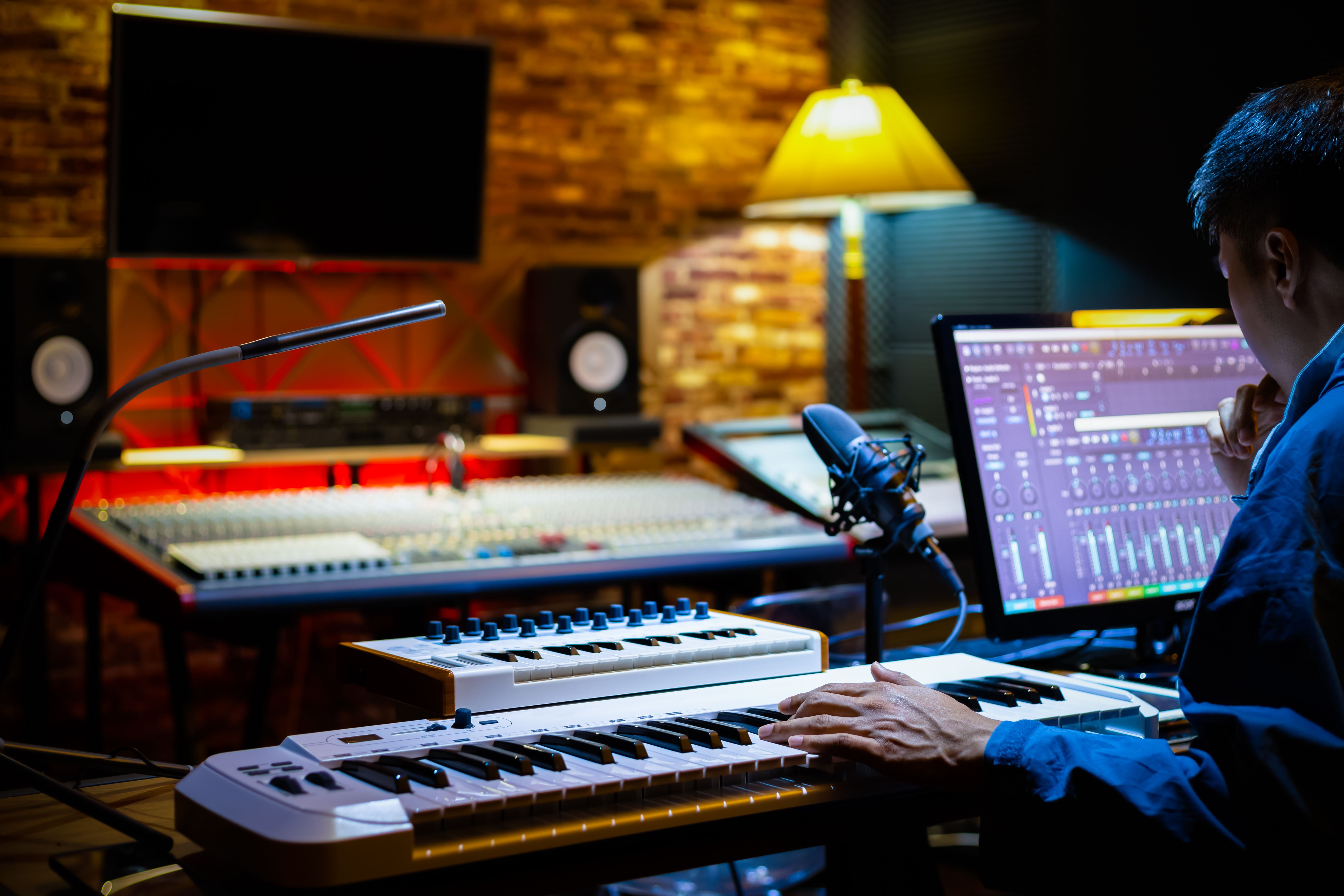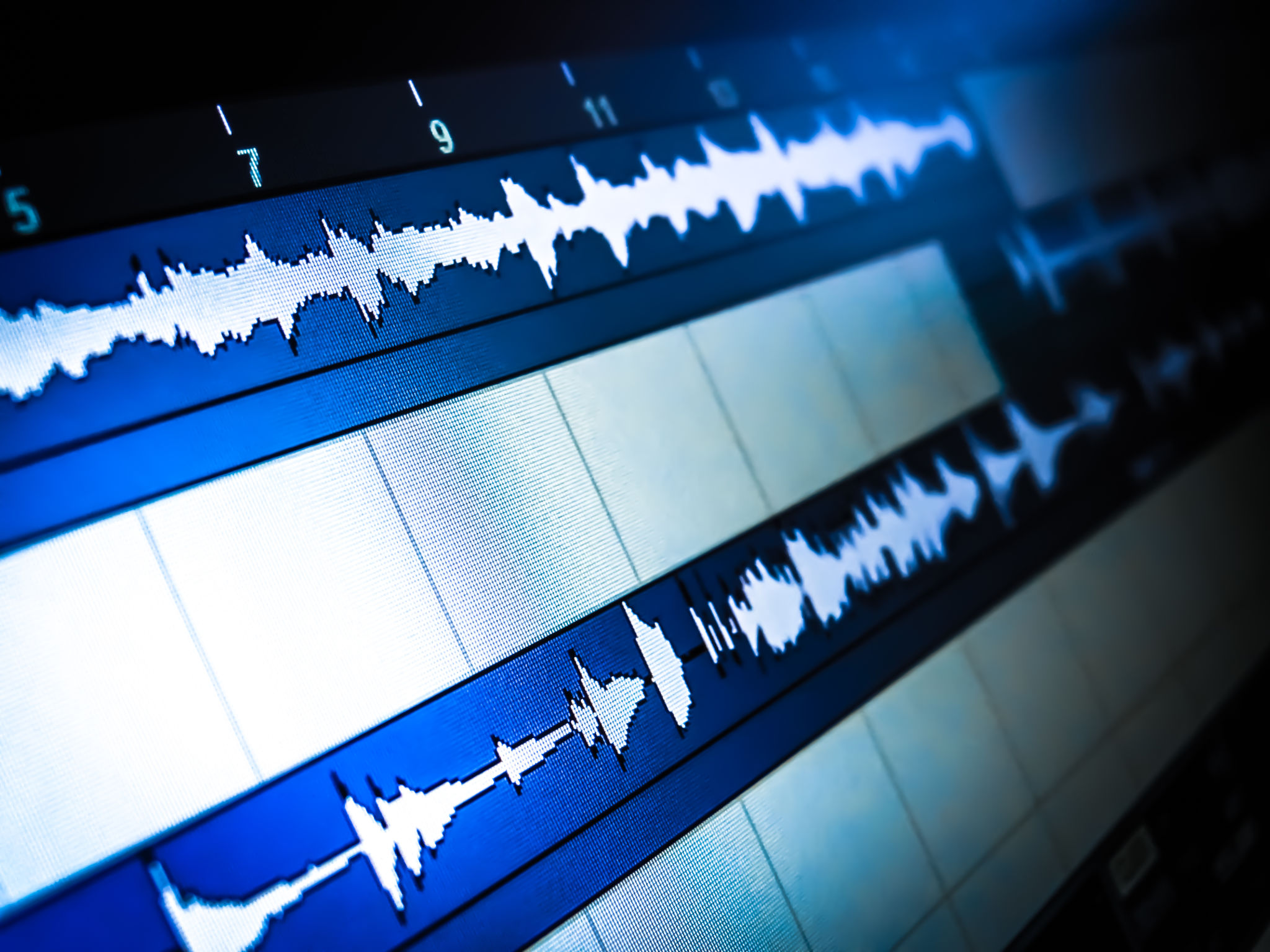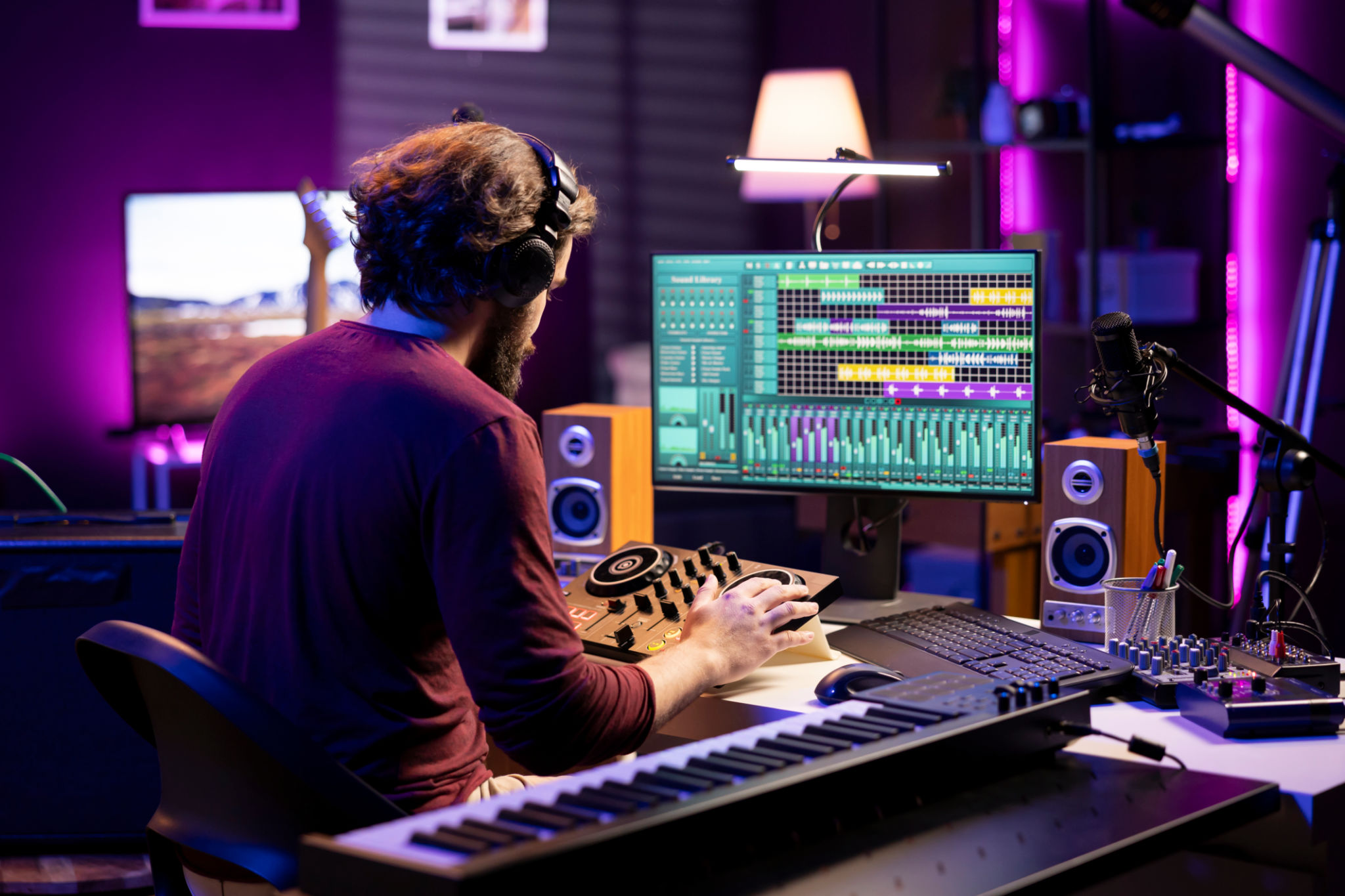Essential Audio Production Techniques for Beginners
Understanding the Basics of Audio Production
Audio production can seem daunting at first, but with the right techniques, beginners can create professional-sounding projects. The journey begins with understanding the basic components and tools used in audio production. This includes knowledge of Digital Audio Workstations (DAWs), microphones, and audio interfaces.

Setting Up Your Home Studio
Creating a conducive environment for audio production is crucial. A home studio doesn’t have to be elaborate; even a small space can be transformed into an efficient recording area. Focus on acquiring essential equipment such as a computer with a reliable DAW, a good-quality microphone, and an audio interface to connect your mic to your computer.
Acoustic treatment is another important aspect. Minimizing sound reflections and external noise will significantly improve the quality of your recordings. Consider investing in foam panels or bass traps to enhance your studio's acoustics.
Mastering Recording Techniques
Recording is where creativity meets technical skill. It's essential to have a firm grasp of microphone placement and settings. For vocals, experiment with the distance and angle of the microphone to capture the best sound. Instruments can be more complex; try different mic positions to find the sweet spot that captures the instrument's natural tone.

The Importance of Gain Staging
Gain staging involves setting your input levels correctly to ensure the best possible sound quality without distortion. This is a critical step in both recording and mixing. Keep an eye on your DAW’s meters to avoid clipping and maintain a clear, distortion-free signal.
Exploring Editing Techniques
Editing is where you polish your recordings and prepare them for mixing. Begin by trimming unnecessary sections and organizing your tracks. Use fade-ins and fade-outs to create smooth transitions. Noise reduction tools can help eliminate unwanted background noise, enhancing the overall clarity.

Utilizing Effects and Plugins
Effects and plugins can add depth and character to your recordings. Reverb and delay are commonly used to create space and dimension. Experiment with equalization (EQ) to balance the frequencies and enhance specific elements of your track. Remember, subtlety is key; overusing effects can muddy your mix.
Mixing Your Track
Mixing is the art of blending your recorded tracks into a cohesive whole. Start by balancing the volume levels of each track. Panning allows you to place sounds within the stereo field, creating a sense of space. Use compression to control dynamics, ensuring that no elements are too loud or too soft.
The Final Touch: Mastering
Mastering is the final step in audio production, where you prepare your track for distribution. This involves optimizing volume levels, applying final EQ adjustments, and ensuring consistency across different playback systems. Mastering requires a critical ear, so take your time and listen carefully.

By understanding and applying these essential audio production techniques, beginners can confidently embark on their creative endeavors. With practice and experimentation, these foundational skills will lead to more polished and professional audio projects.
